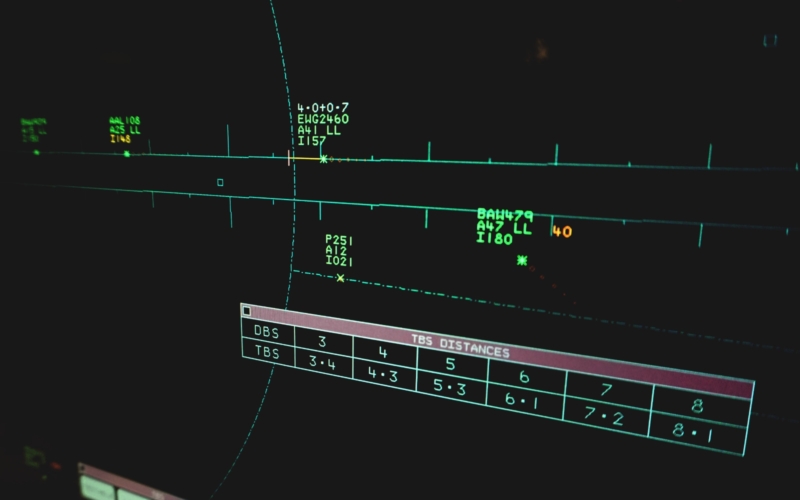An Intelligent Approach to maximising runway efficiency
4 February 2021With airports so badly hit by the impact of the Covid crisis, being able to maximise the value and efficiency of existing assets – especially runways – is going to be of critical importance over the coming years as we begin to see traffic return.
Tools that help airports move more aircraft for a fraction of the investment needed for new ground-based infrastructure are going to be ever more valuable to operators.
That’s why we’ve been continuing to work with our partners at Leidos and with airports around the world on deploying and continually developing our ‘Intelligent Approach’ toolset.
Intelligent Approach is a suite of tools that allow air traffic controllers to significantly improve the consistency of spacing between arriving aircraft in order to maximise runway efficiency. The software generates markers between arrivals based on the individual aircraft type so controllers can more readily hit the optimum spacing. Those markers can be based on either time or distance-based intervals.
At Heathrow, the time-based separation element of Intelligent Approach is being used to dynamically calculate the optimum distance between arrivals based on both the aircraft type and live weather conditions. Since it was introduced in 2015, it has reduced headwind delays by 62% making the operation more resilient and reducing delay and CO2 emissions.
Elsewhere, despite the challenges of the pandemic, we’ve been working successfully (and remotely!) with the teams at Schiphol and Toronto in pressing ahead with their own Intelligent Approach deployments, with both airports due to go live later this year.
Whilst NATS and Leidos remains the only supplier with a mature TBS system in operation we are not stopping there. I’m really excited about the work we’re doing with Leidos on both Pairwise separation and on a tool for Mixed Mode operations. Pairwise separation will allow Intelligent Approach to dynamically calculate the optimum spacing between more than 4,500 combinations of aircraft types, providing even greater benefits and operational resilience.
And with the development of a Mixed Mode tool – Intelligent Approach will support controllers in optimising the spacing between both arriving and departing aircraft based on the live traffic environment and runway occupancy times. We’ll hopefully have more information to share on that later this year.
I know the world has changed beyond recognition for most of us working in aviation, and while the urgency for greater capacity may be less obvious in the very short term, the need to find innovative ways to make the most of existing assets in order to save costs, improve resilience and cut fuel burn and emissions remains as important as ever.
You can find out more about Intelligent Approach at www.intelligentapproach.aero
Comments
Please respect our commenting policy and guidelines when posting on this website.

10.02.2021
15:08
Andy Shand
Good article Brendan and looking forward to seeing it go live at schiphol next
20.02.2021
01:49
Paul Adamson
Hi Brendan, could you explain why the TBS values are larger than the DBS in the photograph? Is it a tailwind situation? Thanks! Paul
03.03.2021
14:43
Bert Hayes
Interesting article Brendan, a long way from the Computer Assisted Approach Sequencing (CAAS) trials in the early 1970’s at Heathrow where computer processing then would probably not even run a smart phone!. Eventually I guess AI will take over and controllers and pilots will probably end up being monitors of the systems on the ground and in the air.
02.09.2021
16:58
Brendan Kelly
Head of Q&C Management SolutionsHi Paul, thanks for your question!
The ‘TBS Distances’ table shown tells approach controllers approximately how far apart aircraft will need to be prior to the leader slowing to land. The feature that models the deceleration of each aircraft is called Optimised Runway Delivery (ORD). The TBS distance shown for approach is affected by the current wind which results in a smaller distance required at the threshold, but it also includes the ORD prediction of how much additional distance is required to cater for the lead aircraft decelerating to land. If the ORD distance is greater than the effect of the wind reduction, then the value in the TBS row will end up being larger than the DBS row which is what you can see in this screenshot
I hope that makes sense,
Brendan
16:58
Brendan Kelly
Head of Q&C Management Solutions